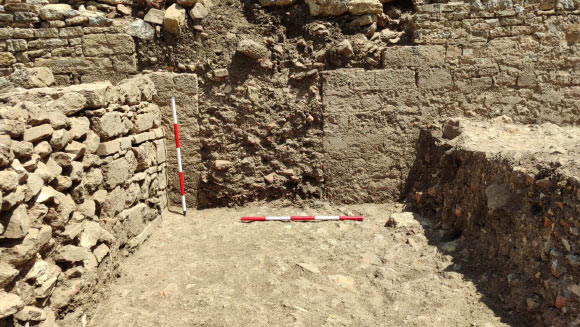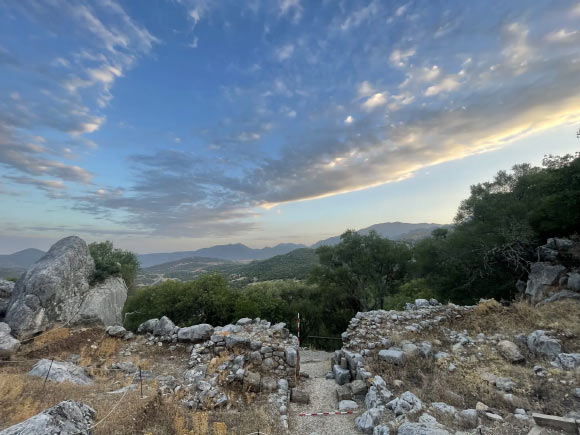Archaeologists from the University of Granada say they have uncovered the remnants of the ancient Roman forum in Ubrique, Andalusia, Spain.
“The main objective of the excavation was to confirm the hypothesis put forward by the local scholar Juan Vegazo at the end of the 18th century that the central terrace of the hill known as the Cerro de la Mora was the site of the forum of the Roman city,” University of Granada’s Professor Macarena Bustamante Álvarez and her colleagues said in a statement.
At the site, the archaeologists unearthed the possible enclosure wall of the central square, approximately 1 m (3.3 feet) high and about 16 m (52.5 feet) long.
They also found a series of architectural elements indicative of large and clearly public buildings dating to the Roman period.
“We confirmed the presence of a monumental altar accompanied by decorative architectural remains,” the archaeologists said.
“These include the bases and shafts of columns, as well as other evidence of statue pedestals and column remains scattered throughout the city.”
“We also re-examined several buildings at the site, allowing us to outline an area indicative of Roman religious practices, especially those related to water.”

The ruins of еhe ancient Roman forum at Ubrique, Andalusia, Spain. Image credit: University of Granada.
According to the researchers, the site was continuously inhabited until the end of the 4th century CE.
“This was confirmed by the coins found in the area, one of which bore a Christogram, the first example of Christian iconography from the site,” they said.
“In addition, ceramics from North Africa allowed us to extend the period of occupation of the site, previously thought to have lasted until the 3rd century CE.
“It also helped us to understand trade routes closely linked to the Campo de Gibraltar region.”
Additionally, the scientists unearthed the foundations of a possible medieval defensive structure.
“This building would have provided visual contact between this site and other fortifications in the surrounding area that would have been used to oversee this mountainous region of Cádiz,” they said.
“The excavations outline a space that is crucial for understanding the arrival and consolidation of the Romans in the southern Iberian Peninsula, as well as their hybridization with the communities that had already settled in the area.”
